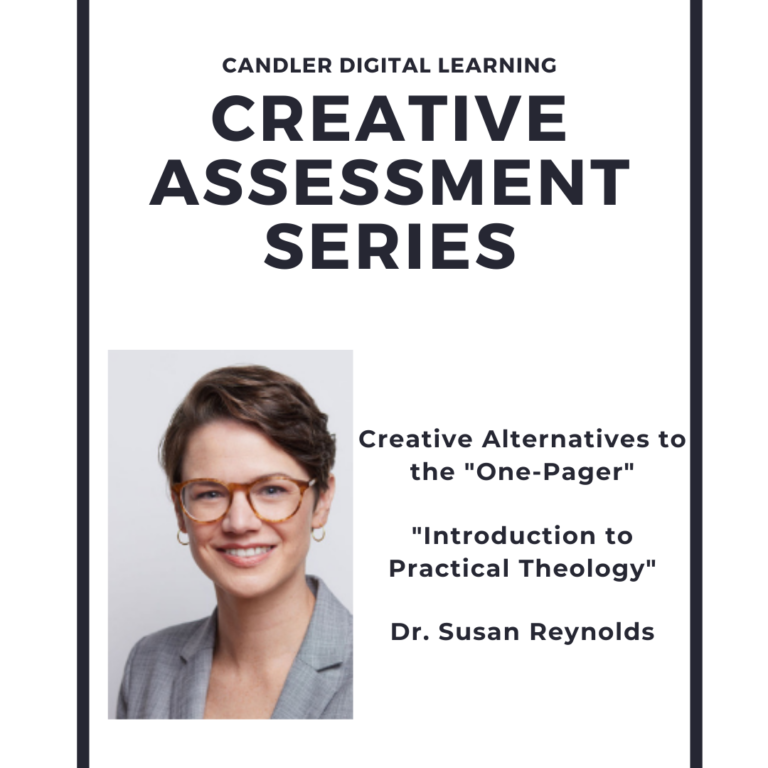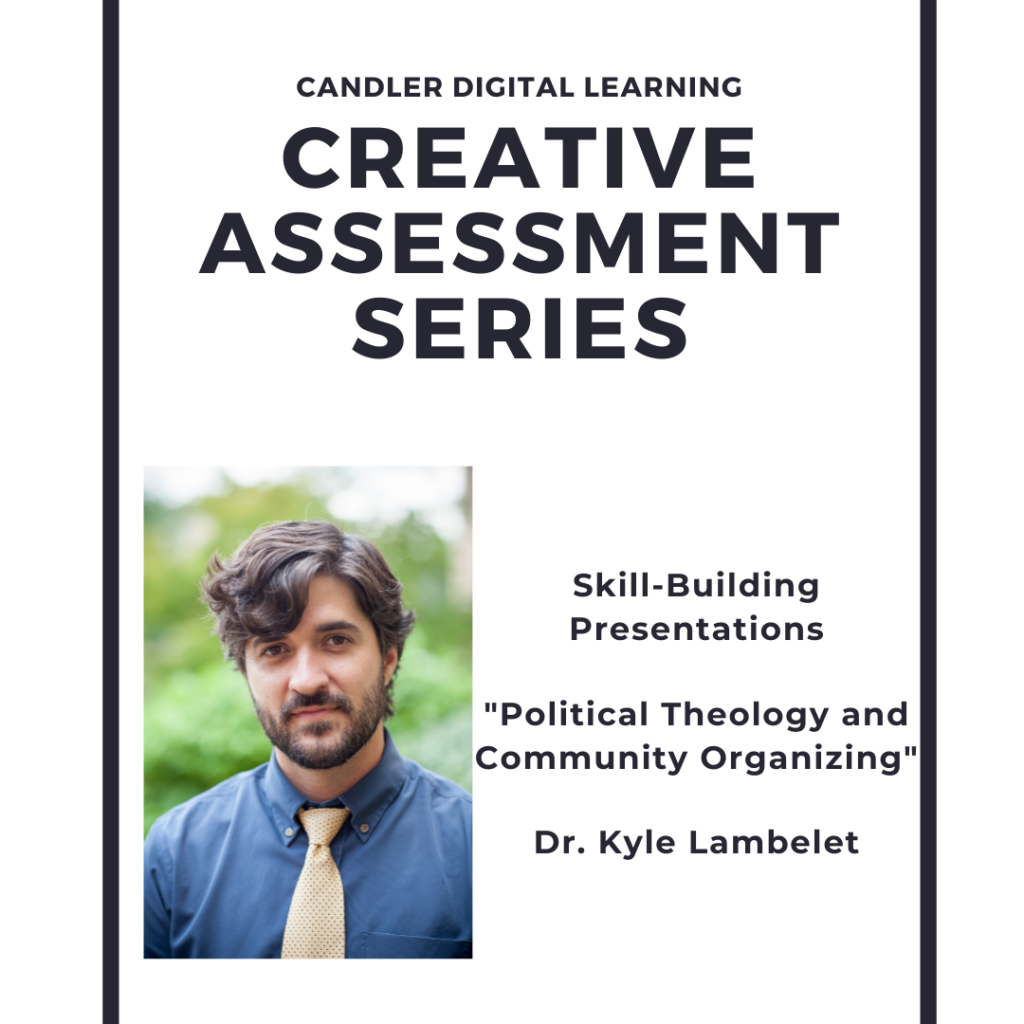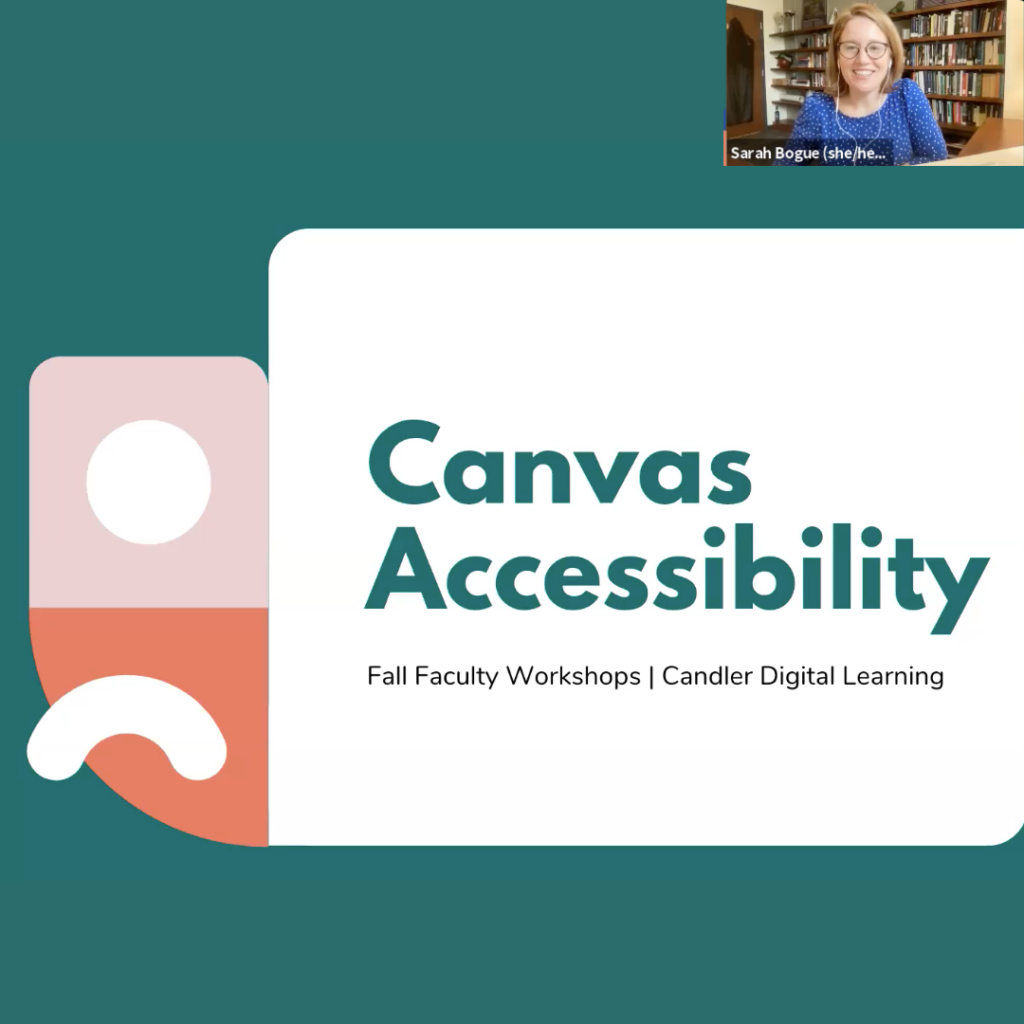In her course, “Introduction to Practical Theology,” Susan Reynolds invites her students to explore what it means to “do theology in context.” She says, “As they negotiate the fluid, shifting boundary between theology and practice, they encounter a wide and interdisciplinary variety of texts.”
In place of the weekly “one-pager” response or reflection of the weeks discussion and readings, Dr. Reynolds assigns “Meditations.” These practical papers allow students the room and flexibility to sit with a text – to let it be generative and provide “creative scholarly expression through visual, written, and spoken arts.”
1. Your Dangerous Memory

After reading Johann Baptist Metz’s essay “Communicating a Dangerous Memory” and M. Shawn Copeland’s “Memory, #BlackLivesMatter, and Theologians,” write about a “dangerous memory” of your own. What is a specific experience that compelled you to study theology or that has indelibly shaped the way you approach this work? What theological questions does this memory raise for you? This may be an experience that you personally had, and/or one that you are bound up with in some other way, as through ancestral memory or national belonging. Or, in Metz’s terms, what are you doing “theology after”?
- Purpose: Demonstrate understanding of “dangerous memory” by applying the idea to your own life and experience.
- Aim for: Specificity, clarity, power
2. “What would they say?”
Nearly every text written on religious practice cites Bourdieu, MacIntyre, or both, so it is important to understand the basics of their theories of practice. For this assignment, select either Bourdieu or MacIntyre. Now select some specific, ordinary practice—it could be part of your work or life as a student, ministry, sports, music, worship, family life; anything. Write a one-page analysis of that practice as though you were the thinker you’ve selected. Imitate their style (this can be fun), raise the questions they would raise, draw the conclusions they would draw. Your title should be the name of your selected thinker and your practice—e.g. “Bourdieu on Playing Jazz;” “MacIntyre on Teaching Religious Education.”
- Purpose: Demonstrate that you understand Bourdieu’s or MacIntyre’s conception of practice
- Aim for: Clarity and brevity. This is short—get right to the point.
3. Theology from a Place

- In Suffering and Salvation in Ciudad Juarez, Nancy Pineda-Madrid does theology from the borderlands of El Paso. In Landscapes of the Sacred, Belden Lane begins from Ghost Ranch, NM. Where do you start from? What is your locus theologicus—the place from which your theologizing emerges? You can make this as vivid, creative, and poetic as you desire. Alternatively, you may choose to submit this assignment as a poem, recorded spoken-word piece, or original artwork. Please accompany visual art with a short description or explanation in which you clarify the connection between the piece and the spirit of the assignment.
- Purpose: Describe how place has influenced your own theological identity, method, and questions, citing Pineda-Madrid and/or Lane as they are relevant.
- Aim for: Vivid and evocative description, theological connections
4. Scrutinizing a Practice
After reading and discussing Lauren Winner’s The Dangers of Christian Practice, select a particular practice from your own ecclesial/church community and “read” it like you would a text. If you do not belong to an ecclesial community, select an ecclesial practice with which you’re very familiar, or perhaps a Candler community practice. In your meditation, do the following three things:
- Describe the practice in detail, as you would to one who is not familiar with it. (Don’t assume anything – practices like baptism and communion, for example, look very different in different communities!)
- What is the implicit theology or ecclesiology it communicates? In other words, what is the operative understanding of God and church that seems to be at the root of this practice?
- What is its “characteristic damage”? In other words, how does (or can, or might) it specifically go wrong, extending violence rather than promoting healing? Consider especially dynamics of race, gender, class, ability, and/or other dimensions of human identity.
- Purpose: Demonstrate understanding of Winner by applying her understanding of the capacity of sin to distort Christian practices to your own context
- Aim for: Critical thought, clear connections to the text
5. Public Theology
Select one eulogy from John Lewis’ funeral service and watch it closely, perhaps several times. Weaving in connections to Lewis and the speaker(s), write a one-page reflection responding to the following question: In your opinion, what is the role of theology in public life?
- Purpose: Broaden your thinking beyond our course to theology’s many publics.
- Aim for: Thoughtfulness
Why use practical papers?
Reynolds writes, “Clarifying both the explicit purpose and the goals (“aim for”) of each meditation encourages creativity: there is great room for flexibility within these outcomes and guidelines, and students can shape the work in ways that are vocationally and intellectually meaningful for them. Students have tended to find these assignments productive, enjoyable, and worthy of their time.”
Rather than assign a traditional approach to reading reflections, why not explore the creativity and depth of your students by asking them to “do theology in context”? They just might surprise you!
If you would like to learn more about Dr. Reynolds’ work or how to begin to use more creative assessments in your course, please reach out to the Office of Digital Learning at candlerdigitallearning [at] emory [dot] edu.




